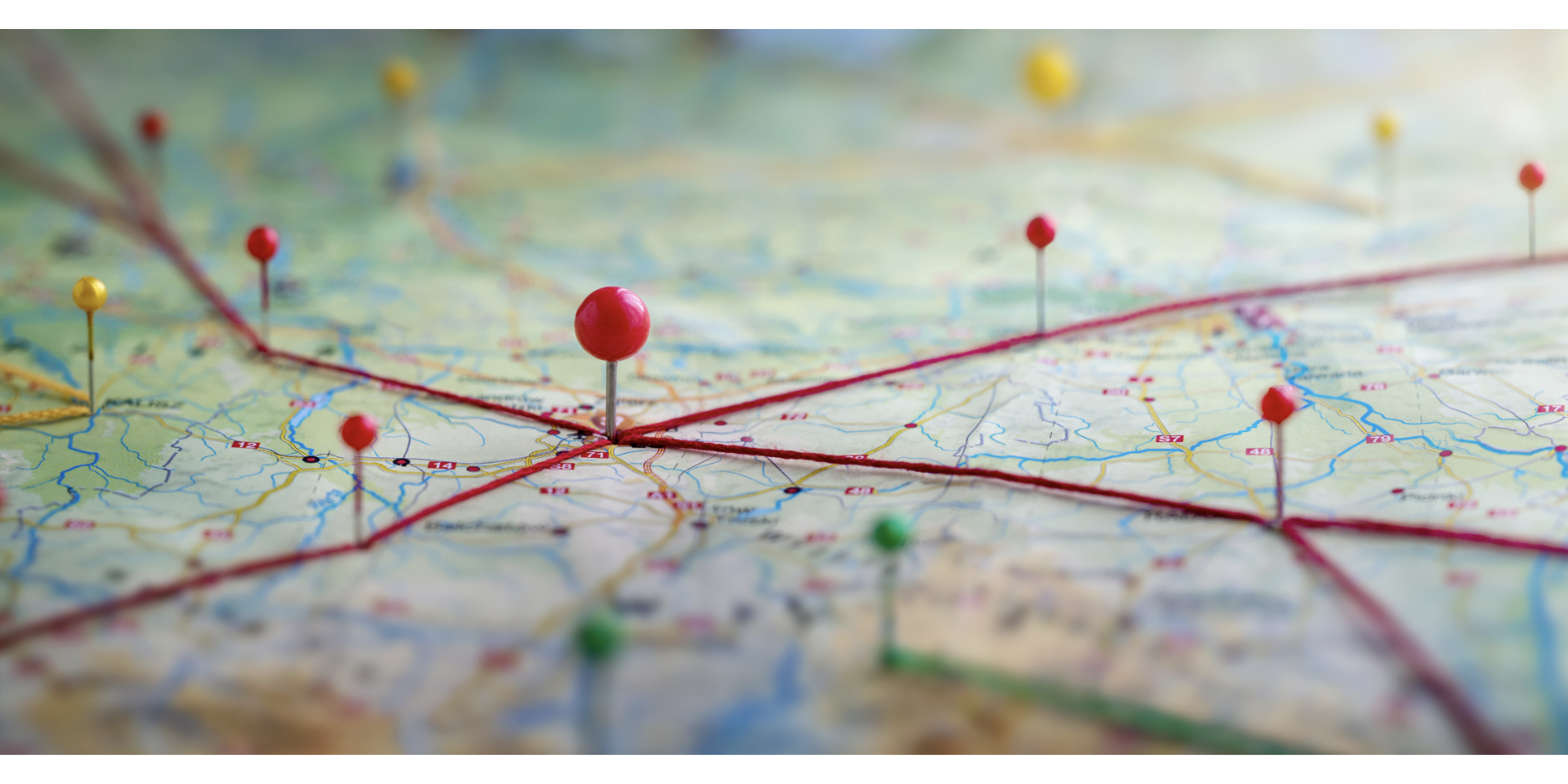Designing a customer journey map gives businesses a visual representation of the customer’s interactions, emotions, and touchpoints throughout their entire experience with a product or service. It should reflect the customer’s perspective and help teams identify friction points, enhance service, and deepen engagement across touchpoints.
1. Understanding the customer journey
1.1 Definition of a customer journey
A customer journey includes all interactions a customer has with a company—from initial awareness to post-purchase support. It reflects every experience and emotion throughout their engagement with your brand.
1.2 Importance and benefits of customer journey mapping
Customer journey mapping helps businesses:
-
Understand customer needs, pain points, and emotions
-
Identify improvement opportunities
-
Enhance satisfaction, loyalty, and retention
-
Align services with real customer expectations
2. Types of customer journey maps
2.1 Overview of different map types
-
Current state maps – Visualize the customer’s existing experience to uncover pain points and areas for improvement.
-
Future state maps – Envision the ideal journey to guide strategic planning and experience redesign.
-
Day-in-the-life maps – Explore how your product fits into the customer's daily life for deeper empathy and contextual insights.
-
Service blueprints – Include internal processes that support each touchpoint for cross-functional alignment.
-
Buyer’s journey maps – Focus on the awareness-to-purchase path, supporting sales and marketing optimization.
2.2 When to use each type
-
Current state maps – Use to identify quick wins and optimize what exists.
-
Future state maps – Ideal for planning launches or redesigning experiences.
-
Day-in-the-life maps – Great for uncovering hidden needs and pain points.
-
Service blueprints – Use when improving back-end processes to support CX.
-
Buyer’s journey maps – Best for guiding prospects through decision-making.
3. Build your journey map step-by-step
3.1 Start with research and data collection
Gather insights from:
-
Customer feedback and surveys
-
Analytics (website, app, social media)
-
Interviews and testimonials
Understand motivations, pain points, and expectations.
3.2 Define customer personas
Create detailed, fictional profiles that reflect key customer segments. Personas help you personalize maps for different audiences and focus efforts on specific customer needs.
3.3 Profile personas and define their goals
Use interviews, support logs, reviews, and emotional cues to understand what each persona wants, fears, and expects. This ensures the journey reflects the real customer experience—not just assumptions.
4. Map the journey and touchpoints
4.1 Map the entire customer journey
Cover every phase:
-
Awareness → Need recognition and research
-
Consideration → Comparing brands and options
-
Decision → Purchase or conversion
-
Post-purchase → Support, satisfaction, and advocacy
Include online and offline touchpoints across channels like websites, social, apps, phone, and stores.
4.2 List out all touchpoints
Identify every interaction point including:
-
Website visits
-
Email responses
-
Chat or support calls
-
Social media comments
-
Third-party reviews
4.3 Map the current and ideal journey
Visualize:
-
What currently happens at each stage
-
What should ideally happen
-
Gaps between the two
This allows you to evolve toward a more effective and consistent customer experience.
5. Focus on emotions and moments of truth
-
Capture how customers feel at each stage (e.g. confused, excited, frustrated).
-
Identify moments of truth—key interactions that shape customer perception.
-
Share emotional journeys across teams to inform UX, messaging, and training.
6. Collaborate across departments
Journey mapping is cross-functional. Involve:
-
Sales (insights on needs and objections)
-
Marketing (messaging and channels)
-
Customer service (support patterns)
-
Product/UX (feature pain points)
-
Analytics (behavior and conversion data)
Collaboration ensures a full-picture view that reflects reality—not silos.
7. Determine points of friction
Ask:
-
Where are customers dropping off or disengaging?
-
Are they unaware of existing solutions?
-
Are support requests spiking at certain points?
Use both customer feedback and analytics to uncover and resolve friction. Glance Guided CX can support this by enabling real-time, human support in moments that matter.
8. Use journey mapping tools and templates
Recommended tools include:
-
Adobe Customer Journey Analytics – Omnichannel behavior visualization.
-
Adobe Journey Optimizer – Personalize messaging at each stage.
-
HubSpot templates – Downloadable, beginner-friendly frameworks.
-
Zendesk tools – Focused on support experience mapping.
-
Google Analytics – Useful for behavioral tracking across touchpoints.
9. Iterate and improve continuously
Customer journey maps are living documents. Revisit and refine them regularly as:
-
Customer expectations shift
-
New products or channels launch
-
Segments evolve
-
Feedback and behavior trends emerge
Use updated maps to drive ongoing CX improvements and long-term loyalty.
Customer journey maps are indispensable tools for CX leaders. Curious to learn more? Dive deeper into the world of customer journey mapping on our blog.


.png)
